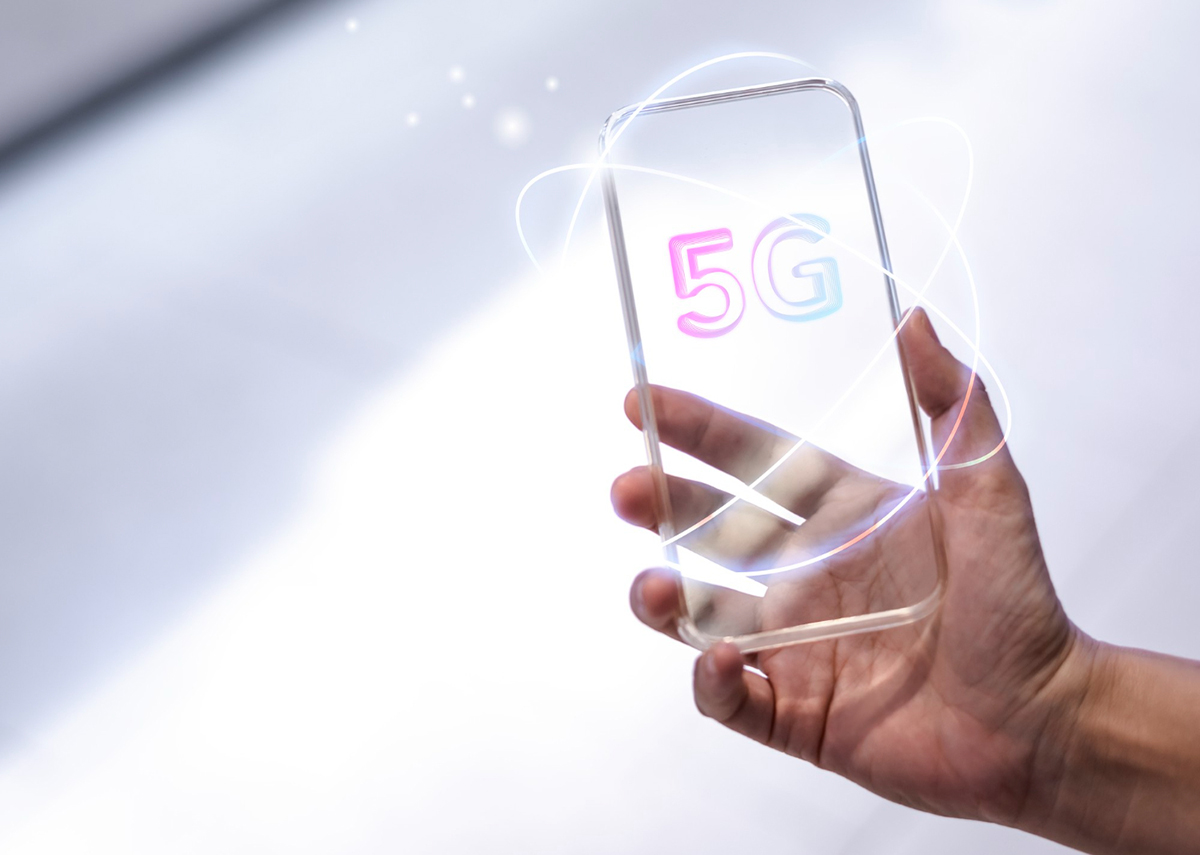Understanding 5G: What Is It and How Does it Compare to 4G?
Share

As the world progresses towards growth in technological advancements, newer technologies seem to be emerging from the midst and essentially making people’s lives easier.
5G or 5th generational mobile network has revolutionized the digital era by enabling a network design that can virtually connect everything and everyone.
5G: An Overview
This advanced and integrated technological network offers greater speeds than the previous generational 4G network and has increased bandwidth capacity. This increased bandwidth capacity enables more users or mobile users to connect to the network.
This updated technology has led to greater and improved efficiency and offers a higher performance which helps connect to new industries.
With the digitalization era, more enterprises are encouraged to adapt to this new technological advancement and provide overall better experiences to the enterprise. It also offers enhanced individual user experiences as people reap the benefits of advanced network speeds and capacities.
How does it Compare to 4G Networks?
As users benefit from enhanced network experiences, people seem to be curious about this network’s advantages in contrast to the previous generation 4G network.
Before developing 5G networks, 4G offered promising results and was the highlight of improved technological user experiences.
With the passage of time, however, better experiences are inevitable as the world progresses towards modernization.
So what exactly do 5G networks offer that is different from 4G networks?
More capable than 4G
In contrast to the promising 4G network, 5G delivers an even better and more capable interface that enables its users to benefit from an extended capacity with better connectivity.
Higher Speed than 4G
Perhaps the key difference between the two networks would be enhanced speeds. The fifth generational network offers considerably better speeds than 4G networks.
This makes sense because each network offered better speeds than their previous networks, so 4G seemed like a very promising option compared to 3G, and now 5G has completely revolutionized the market.
5G offers theoretical speeds of around 20 Gbps and real-world speeds of up to 3 Gbps.
This network has the potential of having 100 times the speeds of your normal 4G network.
There are different versions of 5G, however, offering different speeds.
The low band 5G, for example, offers slightly higher speeds than 4G and is the slowest version of the 5G network. It can offer performances of up to 250 Mbps.
However, the high band 5G offers the highest speeds, which can reach up to 5 Gbps. This version of the 5G network is considerably better than the low-band version.
Reduced Latency
Latency is the time that it takes for packets of information to travel between two individual points.
A better way to explain latency would be the delays in transferring data, so the more reduced the latency, the better the network.
The difference between 4G and 5G networks is that 5G networks can transfer data a lot faster than 4G networks. A 4G network can take about 50 milliseconds to transfer data, while a 5G network takes 1 millisecond to transfer data.
5G offers reduced latency as compared to 4G networks.
